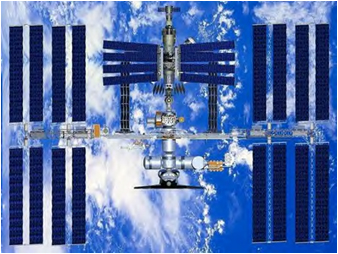Tutorial on Microgravity Research
page 5: Means of Obtaining Microgravity
Orbital
A space shuttle provides an ideal laboratory environment to conduct microgravity research. A large panoply of experiments can be carried out in microgravity conditions for up to 17 days, and scientists can make adjustment to avoid experiment failure and potential loss of data.
Unmanned capsules, platforms or satellites, such as the European retrievable carrier Eureca, DLR's retrievable carrier SPAS, or the Russian Foton capsules, the US Space Shuttle (in connection with the European Spacelab laboratory or the US Spacehab module), provide weeks or months of microgravity.
A space station, maintaining a low earth orbit for several decades, greatly improves access to microgravity environment for up to several months. The MIR space station orbits at 390 km above the Earth and provides facilities for a wide array of research. It will be replaced by the International Space Station.
The primary focus of the scientific reseach for the International Space Station is studying the effects of microgravity.



|
